Internal combustion engines require reliable lubrication for their numerous moving parts. If the shafts, bearings and levers rub against each other without lubrication, they destroy each other in a very short time. That is why a lack of oil in a car is not to be trifled with. In this article you will read how to act correctly in case of an imminent oil shortage.
Detecting oil shortages in good time
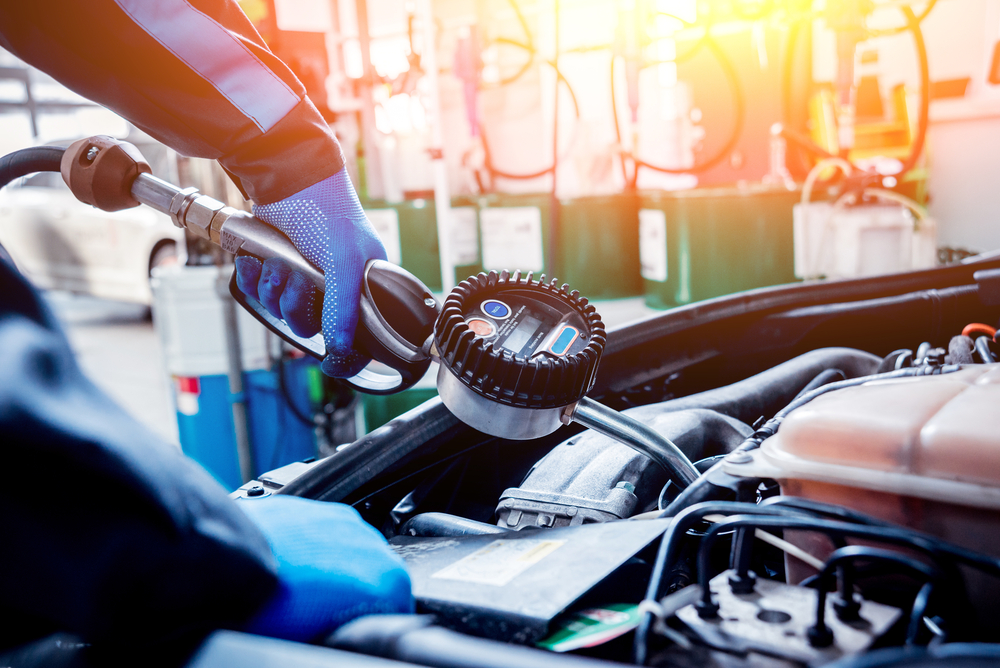
A certain amount of oil consumption cannot be completely prevented by any engine design. The lubricating oil for the crankshaft and the connecting rod bearings presses itself slightly past the piston rings even when the engine is intact. As soon as the oil has entered the combustion chamber, it is burned during the next work cycle.
You should therefore ask your car dealer how much oil consumption is permissible for your car. A rough guide value is 50 – 250 ml per 1000 km. You can determine the oil consumption of your car by regularly checking the oil level.
To do this, the car should be parked on a flat surface and the engine should be switched off for at least five minutes. If the oil level is close to or already below the MIN mark on the clean oil stick, you should top up with fresh oil and make a note on the consumption.
Oil loss or oil consumption?
If you notice a constant decrease in oil on your car, this can have two causes:
|
1. Oil consumption 2. Oil loss |
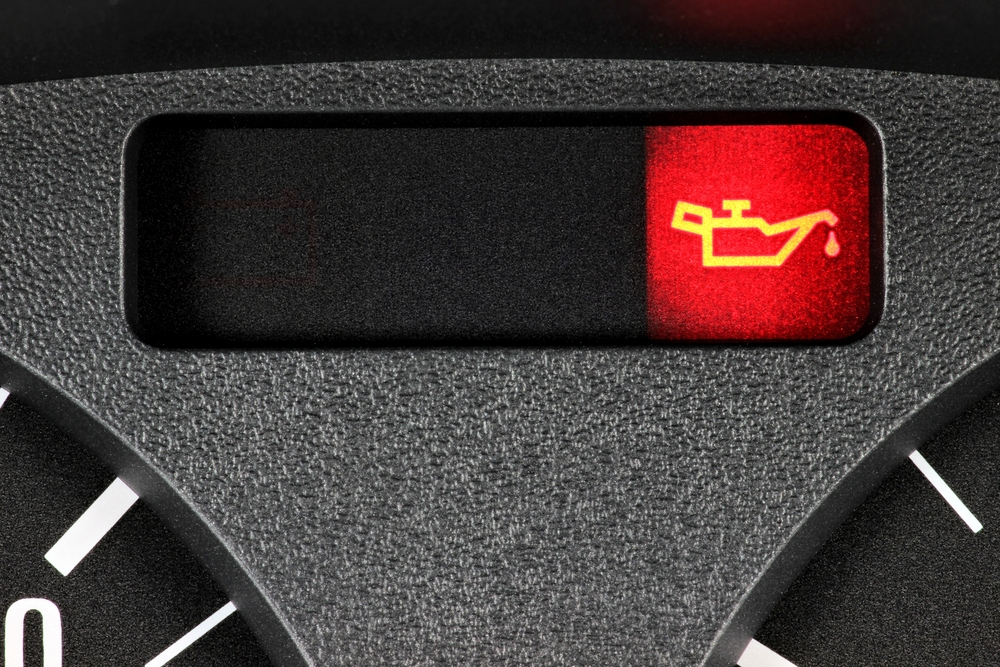
One speaks of oil consumption when the oil enters the combustion chamber and is burned there. High oil consumption indicates engine damage, which can be costly to repair.
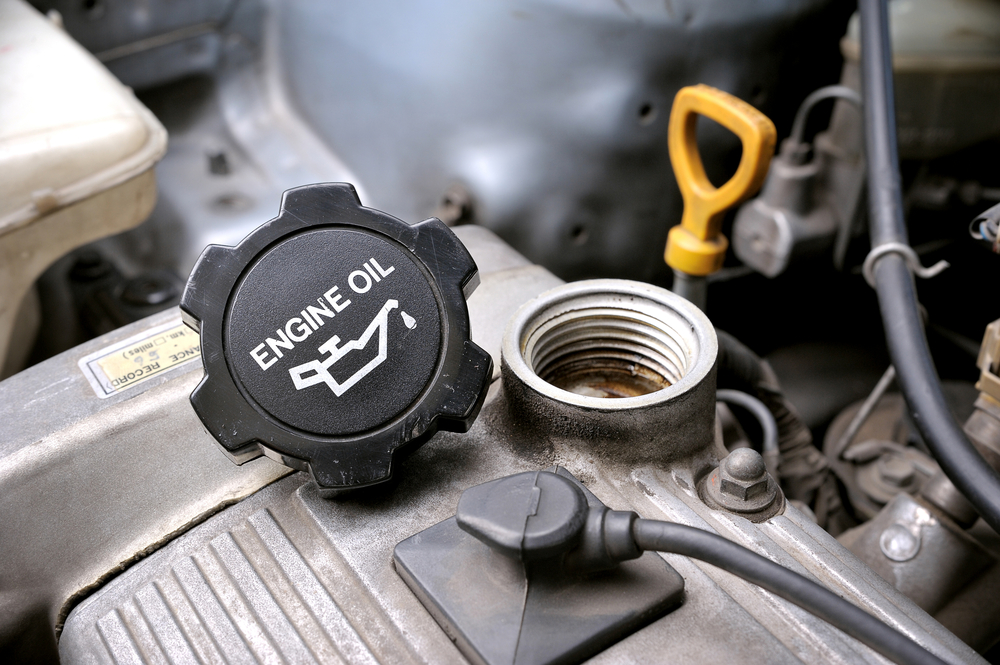
In case of oil loss, oil escapes from the lubrication system. The cause is a leaking pipe, a damaged radial shaft seal or a leaking flat seal.
To check it, simply look at the underside of your car: If the engine is oil-lubricated from below, oil leaks from somewhere. Damage of this kind is usually much cheaper to repair than high oil consumption. But don’t put it off: an engine with leaking oil is a high environmental burden and can cause a considerable fine if it is noticed.
What can be done about oil consumption?
Oil consumption is determined by “dry” oil reduction – i.e. the absence of leakage from the engine – and by bluish exhaust smoke. It is not a good idea to continue using the car when you have to constantly fill in the oil: The burnt oil affects the emission control system and causes massive damage there.
In addition, continuous engine damage goes on until the car simply “dies” at some point, even with a full oil level. Ascending from the severity of the repair, typical causes for high oil consumption are the following:
|
– incorrectly adjusted valves – defective ventilation of the crankcase – worn valve stem seals – defective cylinder head gasket – worn piston rings |
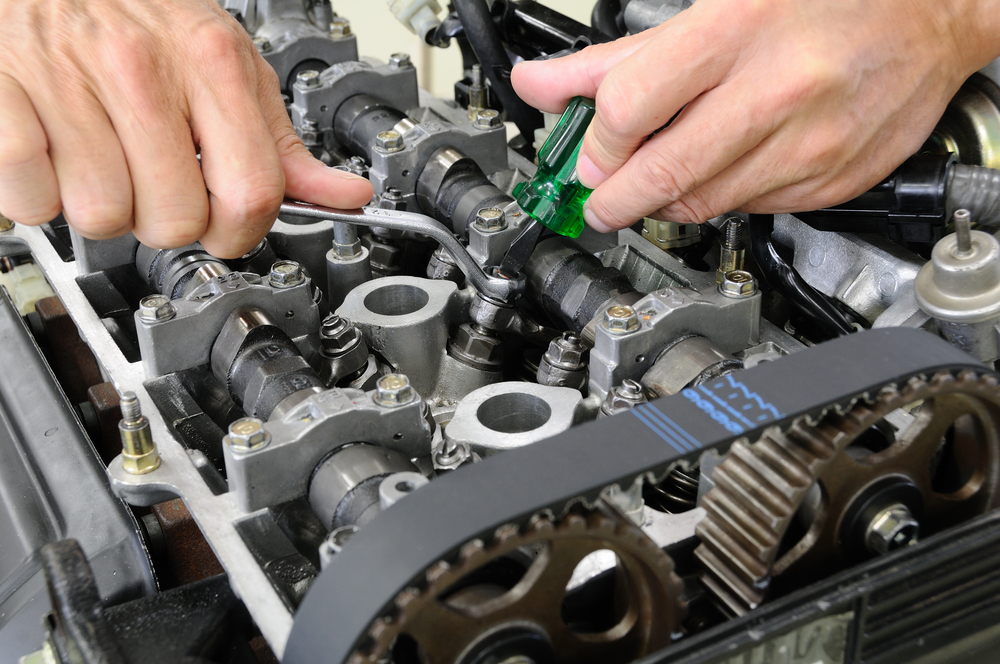
- If the valves are maladjusted, the engine usually does not run properly either. In this case, a “ringing” can be heard. Here the workshop can repair the valves with a few simple steps.
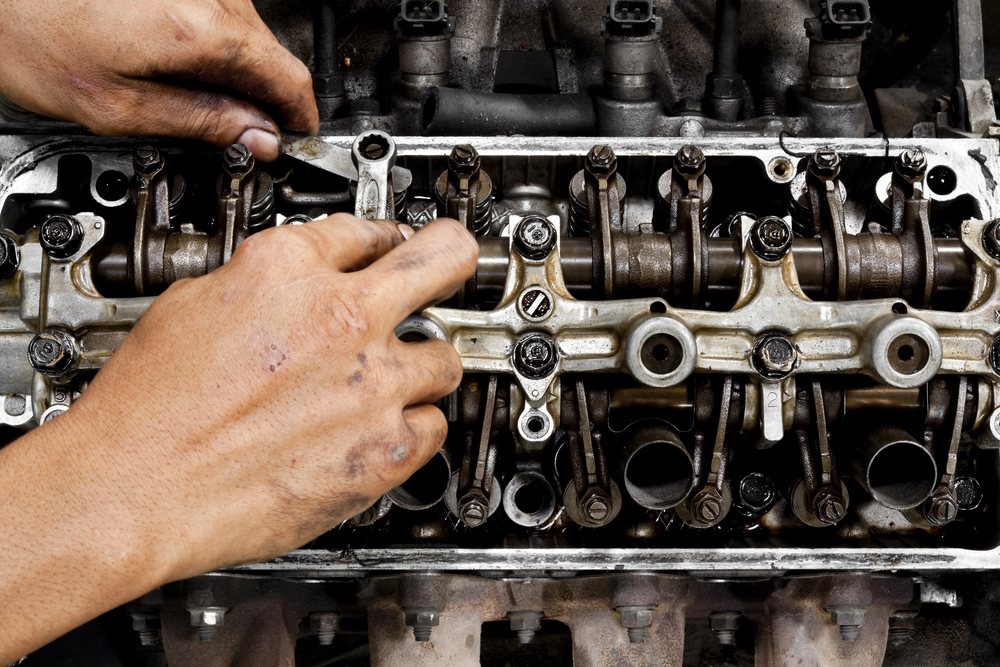
- The fast-rotating crankshaft generates a high pressure in the crankcase. If this pressure is not dissipated, it forces the engine oil past the piston rings into the combustion chamber. For this, an engine has a ventilation system. This is just a simple hose that leads from the crankcase up into the valve cover. However, if this hose is blocked or kinked, excess pressure can build up in the crankcase. A crankcase breather can usually be quickly and cheaply repaired.
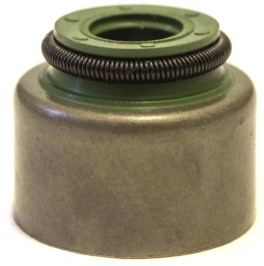 Valve stem seals are small radial shaft seals which are fitted around the stem of the valves. They seal the valve train against the combustion chamber. Valve stem seals are wearing parts. Their replacement is not easy and should be carried out in a specialised workshop. With the right equipment, however, this repair can be done quite quickly. Air pressure is fed into the combustion chamber via a special valve, a converted spark plug. This pressure keeps the valves in position. So, the valve stem seal can be replaced without removing the cylinder head.
Valve stem seals are small radial shaft seals which are fitted around the stem of the valves. They seal the valve train against the combustion chamber. Valve stem seals are wearing parts. Their replacement is not easy and should be carried out in a specialised workshop. With the right equipment, however, this repair can be done quite quickly. Air pressure is fed into the combustion chamber via a special valve, a converted spark plug. This pressure keeps the valves in position. So, the valve stem seal can be replaced without removing the cylinder head.

Engine oil • Top qualitycheaply from £2,53go to shop ⇒ |
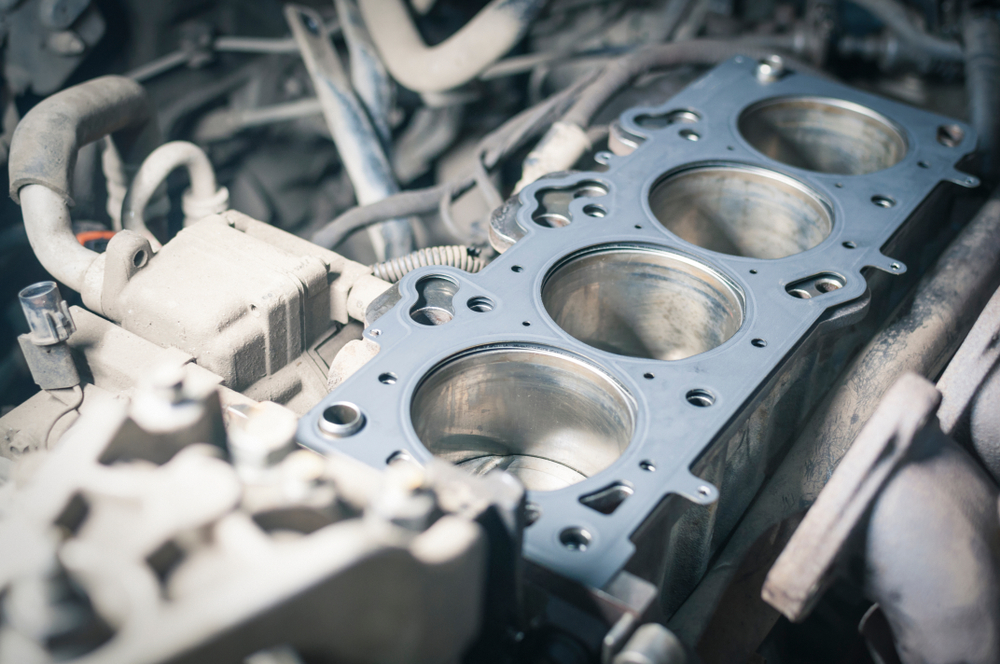
- The cylinder head gasket seals the combustion chamber of the engine against the coolant circuit and the lubricant circuit. If the head gasket is damaged, a connection is created between these circuits or to the outside. An unmistakable sign of a damaged head gasket is therefore white foam in the oil circuit or black oil in the coolant. In this case, the only thing that will help is removing the cylinder head and replacing the gasket. This is quite a complex matter but is still one of the repairs that can occur during a car’s life.

- Worn piston rings are after all the “worst case” with high oil consumption. With this type of damage, it is always to be expected that the engine will destroy itself in a short period of time due to piston seizure. It is still possible to replace the piston rings. However, the repair is usually not enough. The cylinder walls should also be regrinded and honed so that the cylinders regain their full compression. Defective piston rings are therefore rather a case for a complete engine repair. After all, the engine is practically new again after this maintenance.
How to prevent high oil consumption
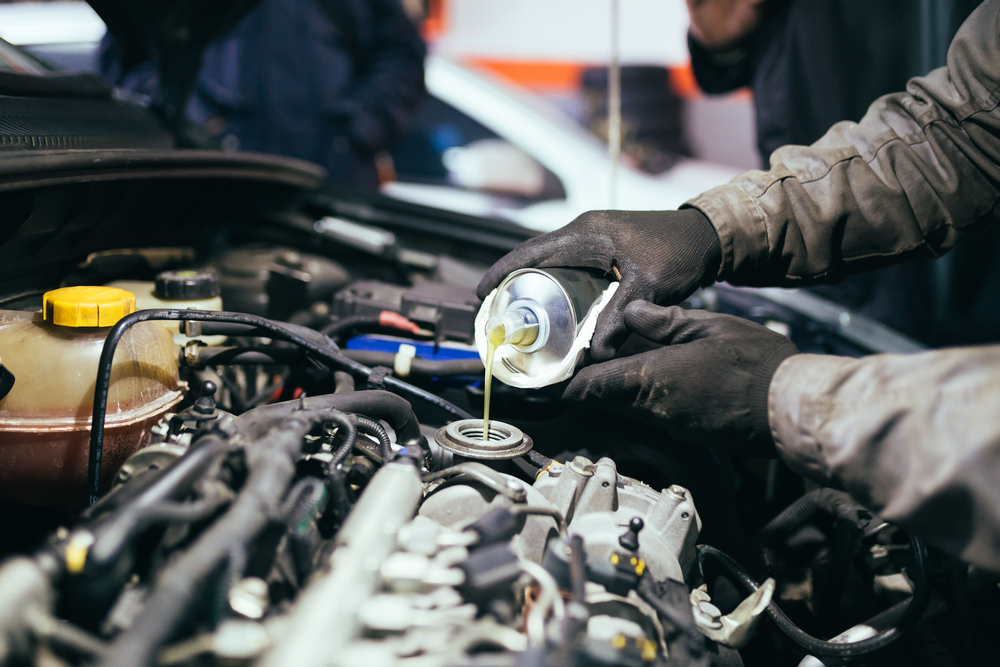
Instead of acting only when it is too late, you can take simple measures to extend the life of your engine and prevent high oil consumption.
1. Keep the change intervals of the lubricating oil and the filter and use only the recommended makes.
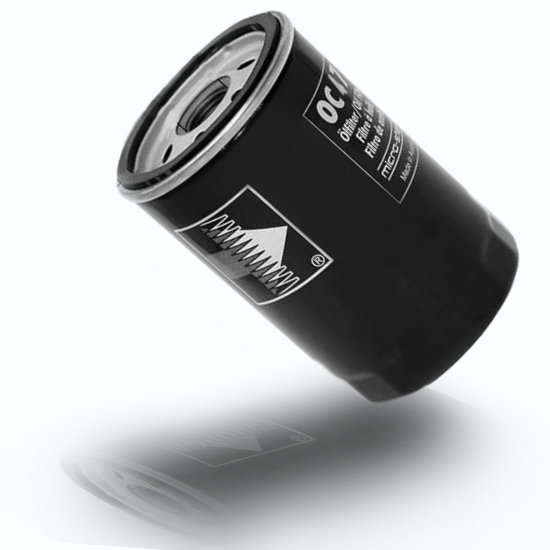
Oil filters | MANN FILTERup from only £ 4,18Order now ⇒ |
2. Do not drive at too high a speed or too low a speed. Carry out an oil analysis every 2 years after 100,000 km.
3. Have the engine professionally flushed every 2 years. This way, you can easily reach the 200,000 or even 300,000 km mark.
Foto: Roman Zaiets, Bjoern Wylezich, Nor Gal, dreamnikon, Denis Torkhov, Apple’s Eyes Studio, ARTPROXIMO, COZ, Mr.Music, hedgehog94 / shutterstock.com


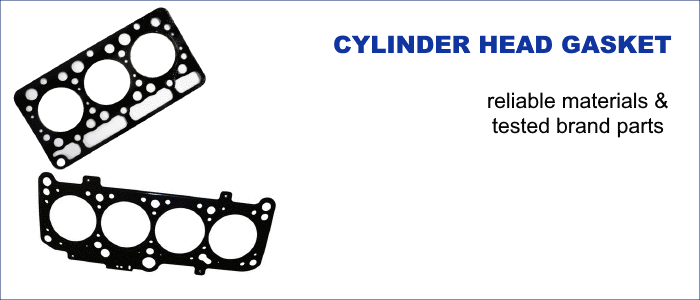

 (29 votes, average: 4.59 out of 5)
(29 votes, average: 4.59 out of 5)







